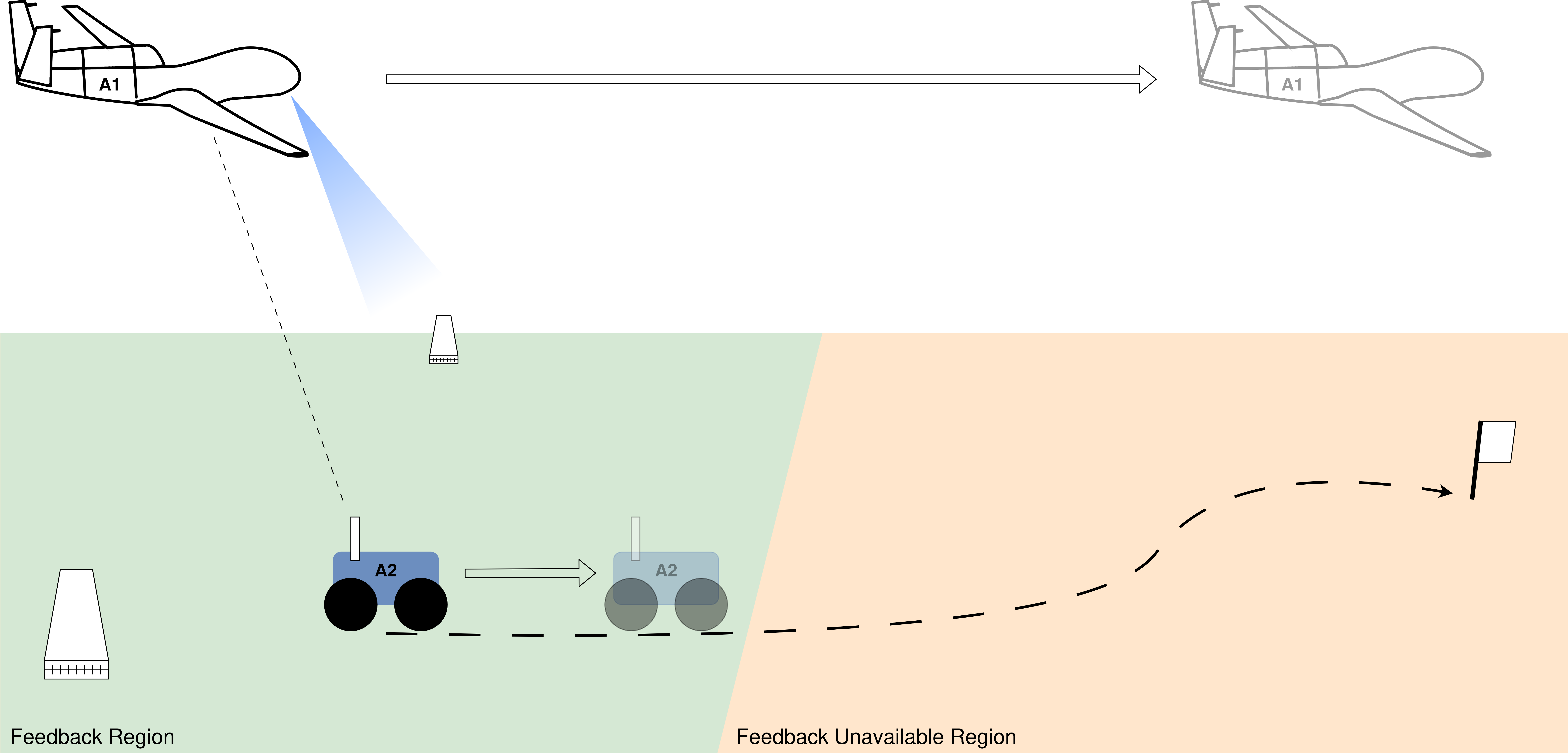Current Research
Description of my current research projects. Please reach out with any questions!
ROSflight
Jan 2023 - Current

Description
ROSflight is a lean, open-source autopilot built by researchers, for researchers, specifically targeting advanced air mobility (AAM) research.
Built on ROS2, the goal is to provide researchers with direct access to all parts of the autopilot, focusing on modularity and extensibility. Additionally, the same exact software that runs your code in simulation also runs on supported hardware devices like MRO’s Pixracer Pro.
We aim to move as much code as possible off of the embedded system, enabling main development on the Linux-based companion computer–lowering the barrier of entry to build, test, and fly your own code on a real-life platform.
ROSflight is designed based on the textbook Small Unmanned Aircraft: Theory and Practice by Beard and McLain, and focuses on clear code and complete documentation.
Check out our website for more information!
My Work
My contributions as part of ROSflight have been the development of the controllers and path planners for ROScopter, our multirotor platform, enabling basic waypoint-following flight.
I also restructured the actuator mixing architecture as part of the ROSflight firmware, which is the C++ code that runs on the embedded flight controller. The mixer’s main job is to take in the desired commands and allocate actuator effort in order to achieve those commands. Restructuring the mixer allows users to support a variety of airframes and control inputs without having to reflash the embedded microcontroller. This effort was essential to better support diverse and non-standard airframes.
In an effort to modularize our simulator and support diverse visualizers (i.e. photorealistic as well as minimialistic), I also rehauled our simulation environment. I increased support from Gazebo Classic to a lightweight, standalone simulator and a photorealistic simulator called HoloOcean, built with Unreal Engine 5.
Probabilistic Relay Explorer
Aug 2024 - Present

Description
When operating in GNSS-denied environments, teams of robots can collaborate to improve mission success, including better localization accuracy and increased robustness. This work explores using a team of agents (one aerial and one ground-based) to improve localization accuracy when GNSS information is unavailable.
Given a mission objective for the ground vehicle, the “relay-explorer” problem seeks to plan a path for an aerial vehicle to communicate and “service” a ground vehicle, thus improving its localization solution and allowing it to complete its mission. Current approaches in the literature to this problem (and GNSS-denied collaborative localization in general) often assume a given communication network or analyze the problem in a non-probabilistic manner.
The purpose of this research is to solve the relay-explorer problem with a probabilistic approach which inherently takes into account the uncertainty associated with operations in the real world.
